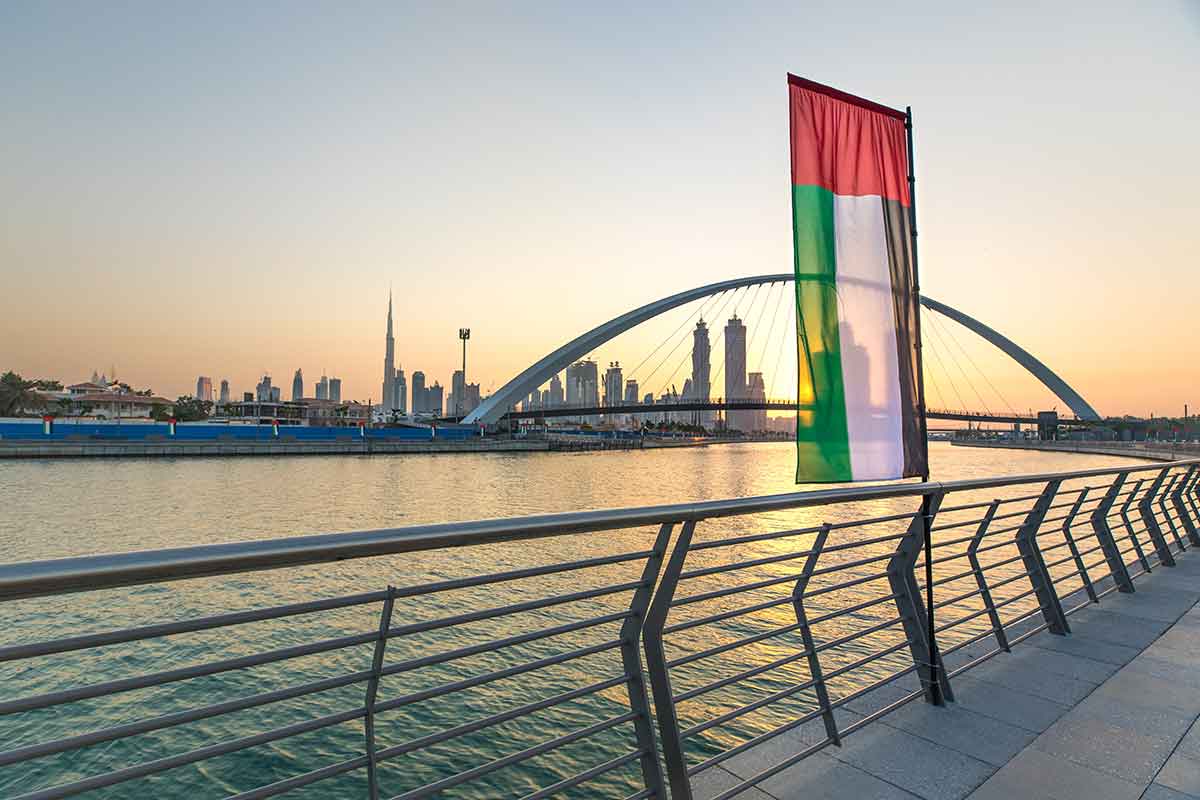Published on Arabian Business
There-emergence of ancient trade routes has transformed into a powerful catalyst for economic growth, bridging Southeast Asia with the Middle East, North Africa, and the Mediterranean. This contemporary "Silk Road" is not merely a reworking of historical paths but a sophisticated network fostering robust relationships, substantial capital flows, and unparalleled technological advancements. Covering nearly five billion people and around half of the global economy, the potential of these interconnected regions is monumental. This modernized corridor embodies a strategic convergence of historical ties and contemporary advancements, seamlessly integrating state-of-the-art global logistics and digital infrastructure.
The evolving socio-economic landscape across these regions has created fertile ground for unprecedented cooperation. Nations within these corridors are witnessing rapid urbanization, rising disposable incomes, and the proliferation of technology. This transformation is not only enhancing the quality of life but is also creating a dynamic environment ripe for business innovation and growth. The emergence of second and third-tier cities, driven by a young and digitally savvy population, is opening new markets and stimulating economic activity on an unprecedented scale.
Investment Dynamics and Strategic Partnerships
Traditionally perceived as high-risk, countries in these corridors are now transitioning into resilient, middle-class societies. This shift is attracting investors and unlocking new avenues for capital flow. Manufacturing capabilities are expanding, offering diverse opportunities for investment and collaboration. The ASEAN region, with its impressive GDP growth, exemplifies this trend. Over the past decade, ASEAN's GDP has surged by 30%, significantly outpacing the global average. This economic dynamism translates into greater private wealth and a growing consumer base, making the region a magnet for global investment.
The proliferation of free trade agreements (FTAs) underscores the region's commitment to economic integration. Countries like Indonesia, Malaysia, and Singapore are forging strong economic ties with the Middle East. The UAE's Comprehensive Economic Partnership Agreement with Indonesia is a prime example, laying a robust foundation for sustained growth. These FTAs are not merely transactional agreements; they represent strategic partnerships that enhance regional stability and economic resilience. As these agreements multiply, they will continue to drive economic cooperation, fostering an environment conducive to sustained growth and development.
The UAE stands as a pivotal hub in this intricate network, attracting talent, capital, and multinational companies from across Asia. The influx of workers and investments from China, Taiwan, Hong Kong, and Singapore underscores the UAE's strategic importance. The country’s developed infrastructure, coupled with its openness to technological advancements, makes it an ideal destination for businesses and investors alike. The UAE's forward-thinking policies and strategic location position it as a central player in the redefined Silk Road, facilitating seamless trade and economic integration across regions.
Access to diverse capital sources is crucial for the region's economic vitality. The emphasis on dual-listed companies and non-traditional capital channels reflects a nuanced understanding of the region's financial needs. These innovative financial mechanisms provide the necessary liquidity and investment flexibility to support emerging markets. As countries in these corridors continue to grow, the availability of alternative capital will play a pivotal role in sustaining their economic momentum and fostering entrepreneurial ventures.
The Future of Modern Economic Growth
Reworking historical trade routes to align with contemporary economic realities is a sophisticated strategy. The revitalization of these routes not only enhances trade efficiency but also strengthens cultural and economic ties. The UAE-India agreement, which bypasses currency conversion to dollars, exemplifies this approach. Such agreements streamline trade processes, reduce transaction costs, and foster closer economic integration. Leveraging these historical connections in a modern context underscores the strategic foresight required to navigate the complexities of global trade.
The volume of goods moving between these interconnected regions is staggering, necessitating advanced distribution networks and logistics solutions. The focus on population growth, technological advancements, and food security highlights the critical areas driving this trade. Efficient distribution channels are essential for sustaining economic growth and ensuring the timely delivery of goods. This efficiency is further amplified by the region's commitment to addressing climate change, enhancing resilience, and ensuring sustainable development.
The demographic advantage of a young and digitally adept population is a cornerstone of the region's economic strategy. With nearly 50% of the population under 30, there is significant potential for innovation and technological adoption. This demographic dividend is particularly pronounced in the Gulf, where 60% of GCC citizens are under 30. The youth's propensity for embracing digital tools, including Artificial Intelligence (AI), positions the region as a global leader in technological innovation. Harnessing this potential is essential for driving productivity, fostering collaboration, and sustaining long-term economic growth.
Strategic partnerships and economic agreements enhance national growth, technological advancement, and socio-economic development. The focus on creating a conducive business environment attracts foreign investment and drives national prosperity. For businesses, the interconnected regions offer expansive markets and consumer bases, providing vast opportunities for expansion, innovation, and growth. Investors find the region's economic dynamism, improved infrastructure and growing healthy competition, a lucrative investment landscape with high potential returns. Startups benefit from access to a young, tech-savvy population and diverse capital sources, creating fertile ground for innovation and entrepreneurial ventures. For workers, booming industries and increased cross-border opportunities lead to job creation, higher incomes, and improved standards of living.
The opportunities for innovation, technology and growth across the Silk Road are immense. Asia and the Middle East and North Africa (MENA) region currently account for over 50% of global GDP, with this figure rising from 22% just over 20 years ago. This does not appear to be slowing down, and this ancient trade route, stretching back over a millennium, looks set to be the future of modern economic growth in these diverse, but increasingly connected, regions. This revitalized corridor, embodying a blend of historical significance and modern innovation, is not just a pathway for trade but a blueprint for future economic growth.
The intricate web of partnerships, technological advancements, and strategic initiatives ensures that the Asia-MENA corridor will remain a cornerstone of global economic development for years to come.





